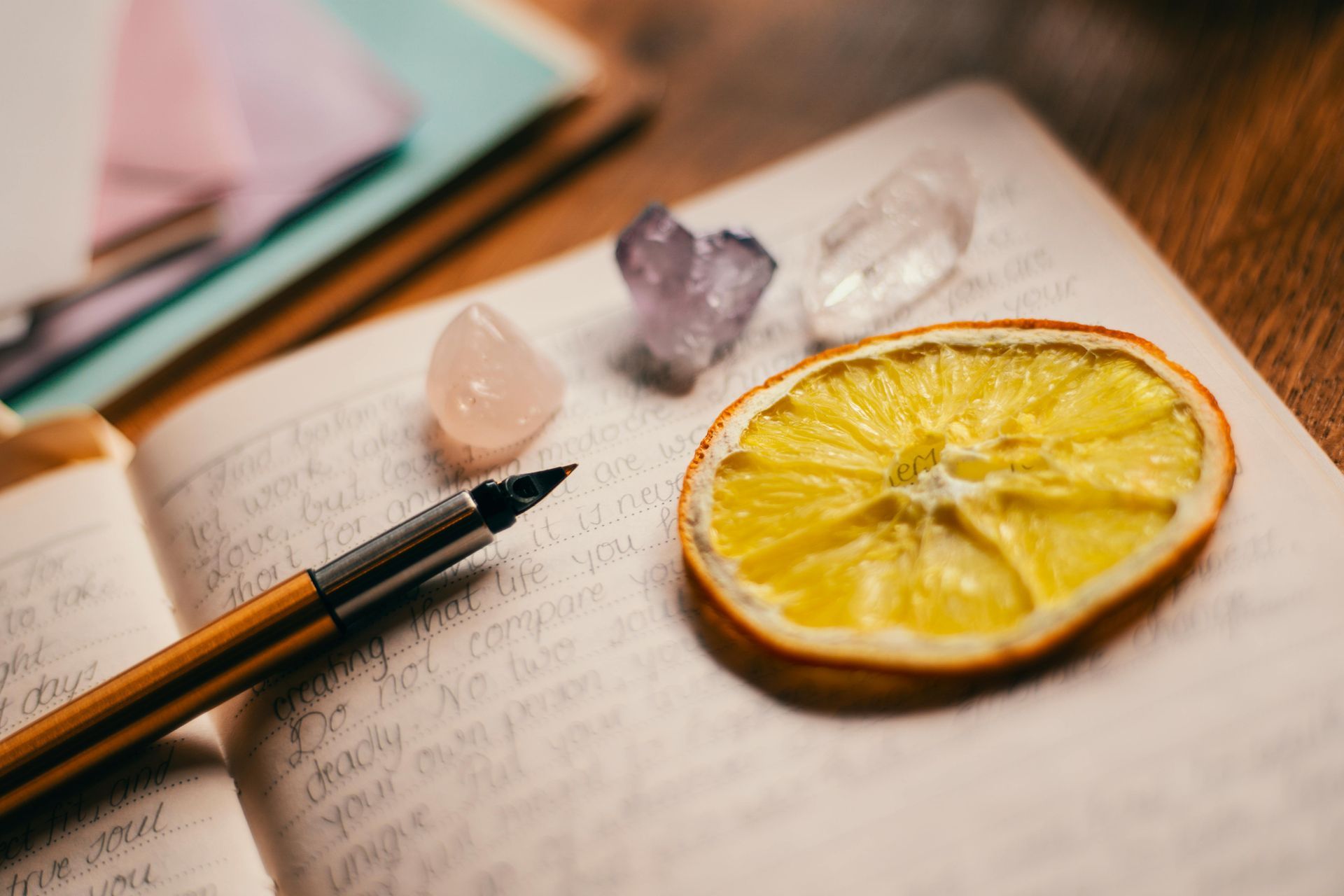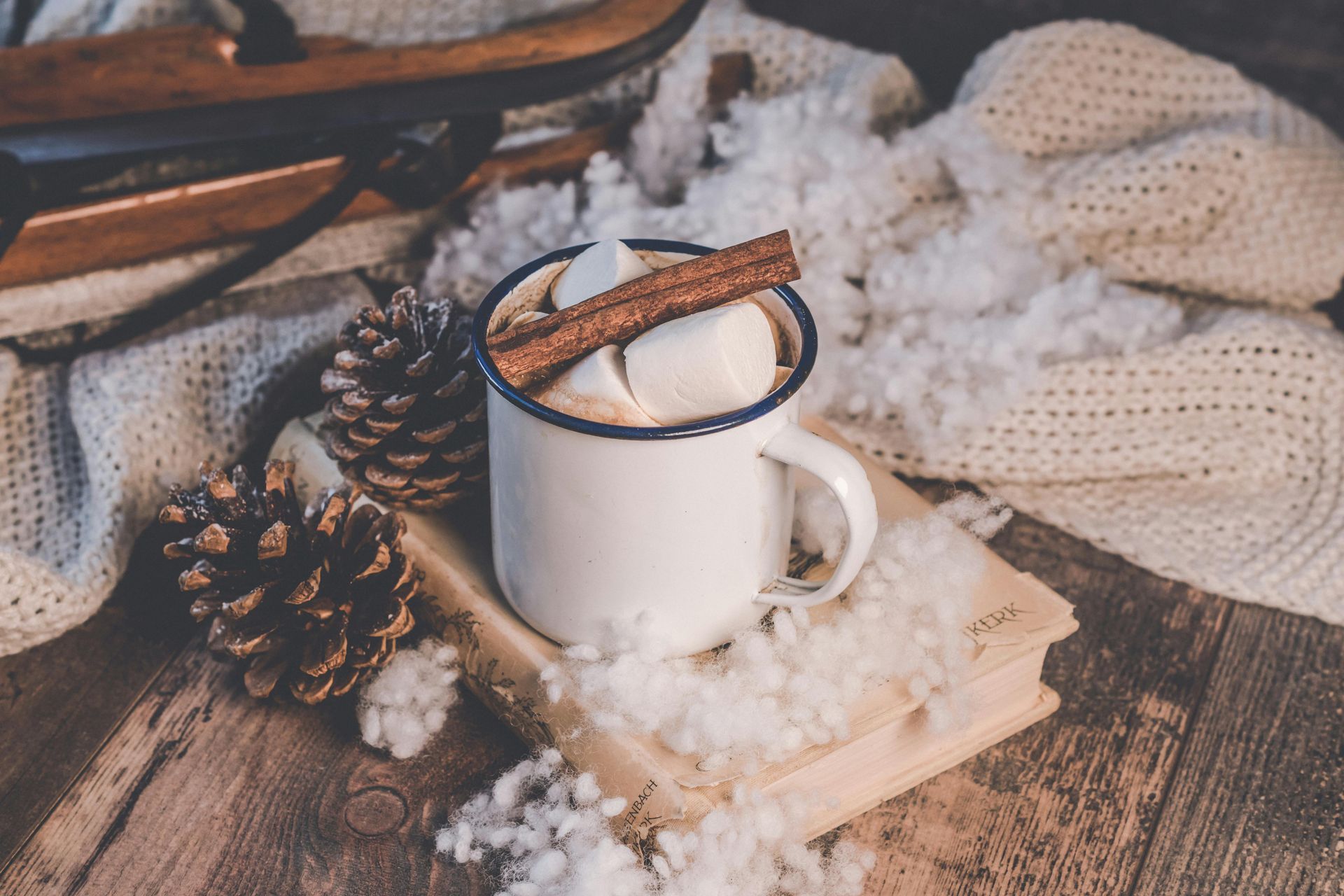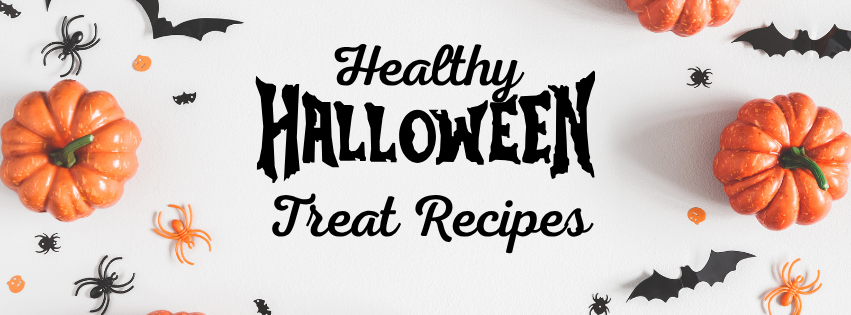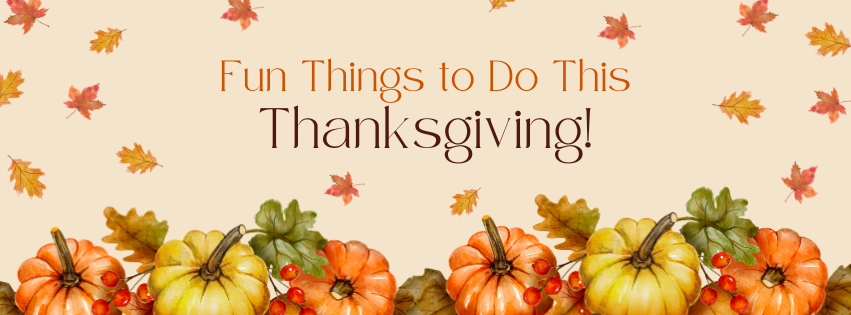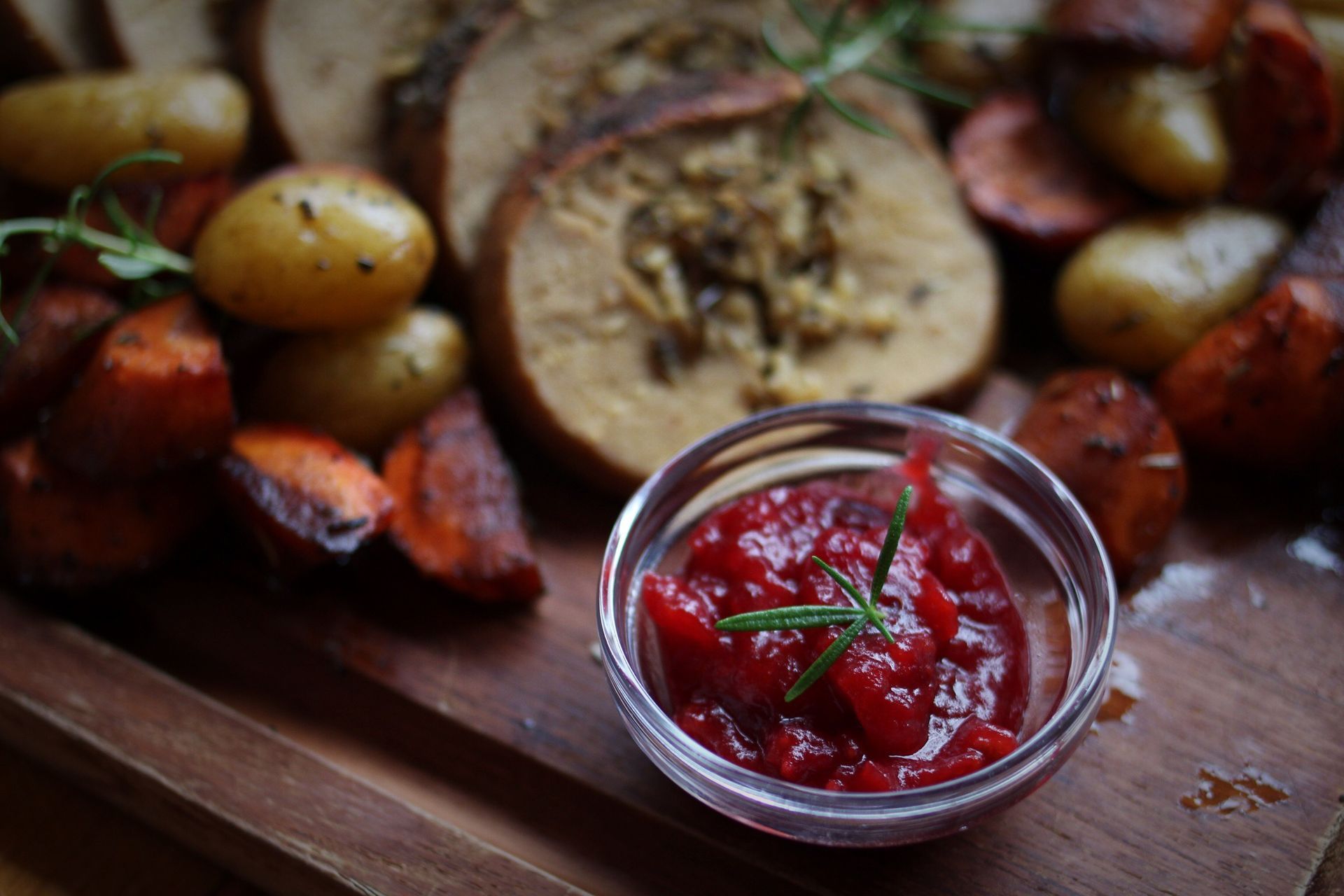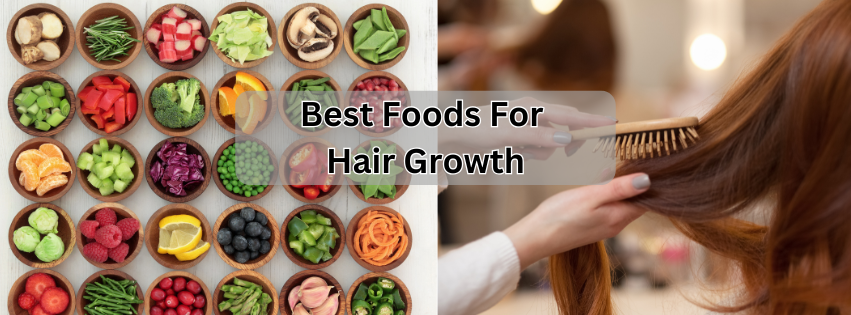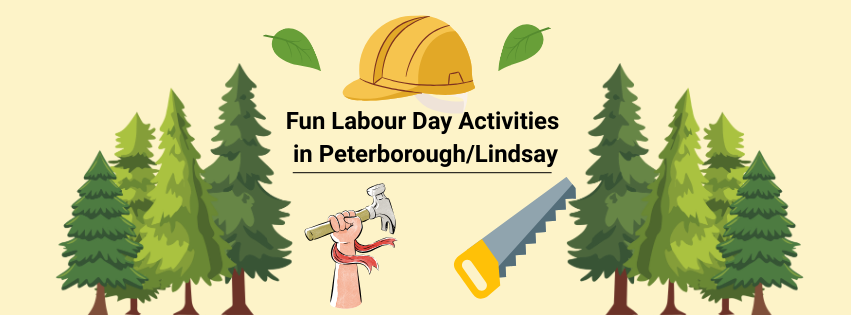If you watch Japanese researcher, Mr. Emoto’s water experiments on YouTube you will get a visual demonstration of how homeopathy works. His studies show how water “remembers” and retains energy patterns of everything it is exposed to. Likewise, alcohol used in homeopathic preparations retains the essential energy of the material it is exposed to.
Physicists tell us if you removed all vacant space between the molecules of the human body, the physical matter left could not be seen by the human eye. The entire human race would be the size of a sugar cube. Homeopathy treats the subtle energy body by modulating frequency and function.
- Homeopathy was developed in the 1790’s by German physician, Dr. Samuel Hahnemann.
- Homeopathy is based on the principle that “like cures like”. Any substance that can produce symptoms in a healthy person, can cure similar symptoms in a person who is sick.
- The “Law of Similars” was known to Aristotle and Hippocrates.
- A second principle is that of “minimum dose”. Substances are exposed to successive dilution with agitation until they reach a point where they are therapeutic, but not toxic.
- The higher the dilution the more subtle the energy of a remedy becomes and the deeper it can penetrate the subtle body.
- Children and pets are very responsive to lower dilutions like 6c because their ailments are “acute” where adults respond to higher dilutions as ailments are often chronic with deeper cellular “memory”.
- Lactose is used in classic homeopathic preparation, so globules are not suitable for anyone with a dairy allergy.
- Globules should be taken 15 minutes before meals and away from coffee and mints such as toothpaste, as they can interfere with the efficacy of the remedy.
“Homeopathy cures a larger percentage of cases than any other method and is beyond all doubt, safer, more economical and the most complete medical science.”
Mahatma Gandhi
Classic homeopathy is prepared using lactose. Though the amount is not significant, globules are not suitable for individuals with dairy allergies. This is a thumb nail sketch of common remedies and their applications. For specific modalities see our instore professional reference books.
Aconitum:
Sudden infection, hot face, fear and shock, burning pain, numb, angina, arrhythmia.
Wolfsbane
Allium:
Watering eyes, onset of cold, burning neurological pain side to side, hay fever, earache kids, laryngitis. Red Onion
Apis:
Burning, stinging pain, fever, lack of thirst, dry skin, stings, bites,
hives.
Honeybee
Argentum:
Tremors, intense nervousness, migraine, paralysis or numbness, accompanied by lack of co-ordination.
Silver Nitrate
Arnica:
Swelling, bruising, trauma, shock, arthritis, injury, surgery, dental procedures including extractions.
Lionsbane
Arsenicum:
Anxiety, fear, food poisoning, diarrhea, asthma, inflammation of mucus membranes.
Arsenic Oxide
Belladonna:
Sudden onset of fever, nighttime earache, infection, red face and tongue, dilated pupils.
Deadly Nightshade
Borax:
Canker sores, mouth ulcers, in-grown eyelashes, vertigo.
Sodium Borate
Bryonia:
Arthritis, bursitis, flu, nausea, vomiting, acute diverticulitis, sore throat with difficulty swallowing, painful coughs.
Wild Hops
Calcarea Carbonica: Exhaustion, depression, anxiety, fear, cold clammy hands and head, head sweats at night.
Oyster Shell
Calendula:
Antiseptic for burns, injuries, rashes, skin damage,
Marigold
Cantharis:
Cystitis, burning, painful urination, blistering burns, scalds, sunburns, aphrodisiac. Spanish Fly
Carbo Veg:
Digestive complaints – gas, bloating, flatulence, food poisoning.
Charcoal
Chamomilla:
Irritability, impatience, teething pain, toothache, menstrual cramps. German Chamomile
Cina:
Pinworms, irritations of the anus, colic, extreme itchy nose.
Artemisia Maritimus
Coffea:
Insomnia, over excitability, menopause, labour pain, mind racing.
Coffee
Columbrina:
Overeating, hangover, constipation, stomach cramps, headaches.
Poison Nut
Euphrasia:
Itchy burning eyes, conjunctivitis, hay fever, nasal discharge.
Eyebright
Ferrum Phos:
Early stages of inflammation, fever, earache, hacking cough, incontinence, anemia, palpitations.
Iron Phosphate.
Gelsemium:
Nervousness, fears and phobias, apprehension, anxiety.
Yellow Jasmine
Hepar Sulphuris:
Abscesses, inflamed cuts and wounds, emphysema, constipation.
Sulphur & Oyster Shell
Histaminum:
Allergies, hay fever, hives, asthma, bee sting, itchiness.
Hypericum:
Nerve injuries, shingles, nerve pain, acute shooting pain, dental work, shooting pain in lower back.
St John’s Wort
Iamara:
Grief remedy, emotional trauma, sighing, feeling of weight on chest.
St Ignatius Bean
Ipecac:
Nausea, vomiting, motion sickness, menstrual problems, colic.
Ipecacuanha Shrub
Kali Phos:
Crushing headache, emotions, grief, mental shock, worry, too much study, overwork, exhaustion during labour.
Potassium Phosphate
Kali Bichromicum:
Acute bronchitis, colds with thick mucus discharge and heavy cough, croup, sinusitis.
Potassium Bichromate.
Lachesis Mutus:
Circulation, vascular complaints, menopause and PMS, Bushmaster Snake wounds that are slow to heal.
Ledum: Puncture wounds, cuts, grazes, prevents infection in wounds.
Wild Rosemary
Lycopodium:
Bedwetting, lung or throat problems on right side, cough with phlegm. Clubmoss
Mag Phos:
Muscle cramps, hiccups, menstrual cramps
Natrum Muriaticum:
Cold sores, constipation, migraine headaches, craving for salt, depression caused by grief and the desire to be alone.
Sodium Chloride
Phosphorus:
Bronchitis, pneumonia, kidney infection, nose bleeds, stomach ulcers, chemical/fragrance sensitivities.
Phosphorus
Pulsatilla:
Colds, coughs, bedwetting and incontinence, gynecological complaints in men and women, varicose veins, depression.
Meadow Anemone.
Rhus Tox:
Skin itchy red or swollen, muscle and joint pain, carpal tunnel syndrome, genital herpes.
Poison Ivy.
Ruta:
Sprains, strains, tendonitis, aching bones, eyestrain, plantar warts.
Rutaceae Plant.
Sepia:
Perimenopause, exhaustion, age spots, alcohol withdrawal.
Cuttlefish.
Silicea:
Undernourishment leading to infections, skin and bone complaints, chronic phlegm, sleep disturbed by overwork and stress, splinters.
Quartz.
Sulphur:
Eczema and psoriasis, joint pain, burning vaginal discharge, asthma with rattling mucus.
Sulphur Powder.
Symphytum:
Boneset, bone fractures or breaks.
Comfrey
Thuja:
Warts, skin complaints, post vaccine or dental freezing, yellow or green phlegm.
Cedar
Thymuline: Promotes thymus function.
Urtica Uren:
Gout and uric acid associated ailments, itchy burning skin, stinging rash.
Stinging Nettle.
- Globules should not be touched but tapped into the container lid and tossed under the tongue and allowed to dissolve.
- Typical dosage for children age 13 – adult is 4 globules 3 times daily.
- Children 6 – 12, 2 globules 3 times daily, and children under 6, 1 globule 3 times daily.
- Globules can be dissolved in plain water.
- Remedies 200c or higher are taken once daily.
*Revised September 2023


